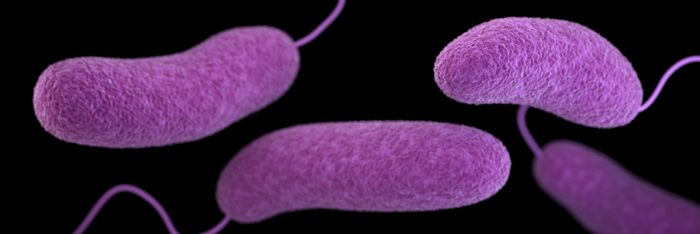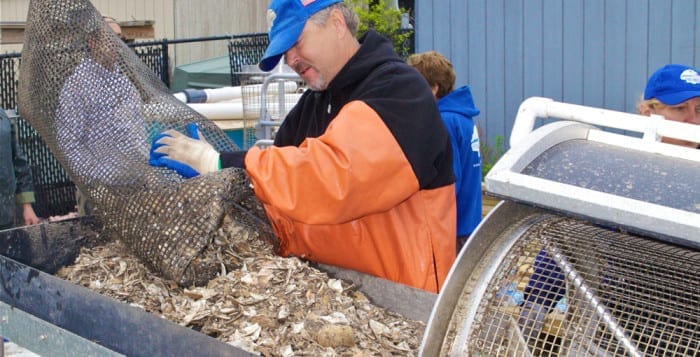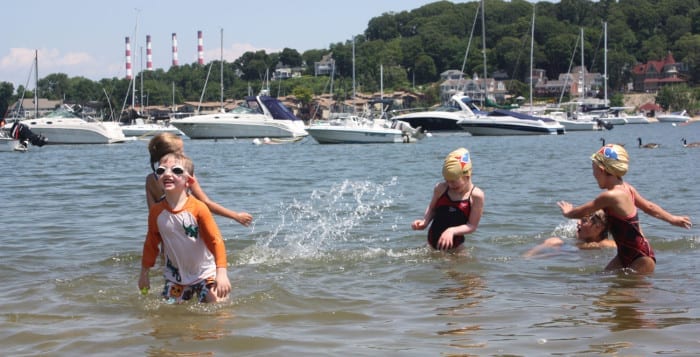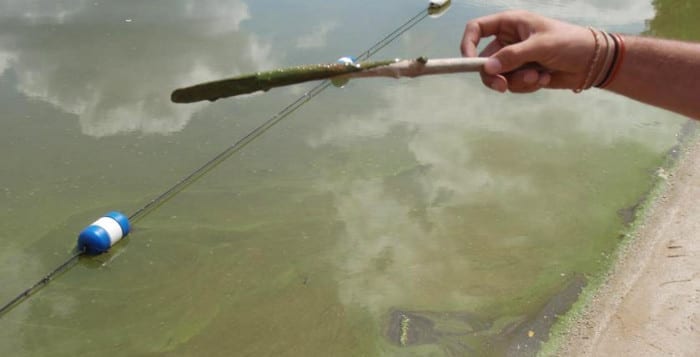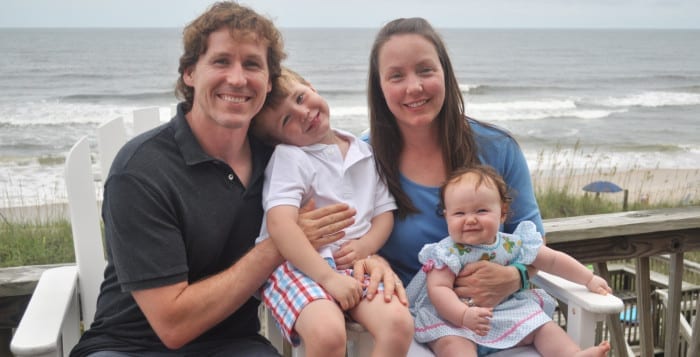In mid-August, Suffolk County recorded its first death in seven years from vibrio vulnificus, often referred to as “flesh-eating bacteria.”
A man over the age of 55 who had underlying health conditions was admitted to a local hospital with a leg wound and chest pain in July. He died the following month due to a bacterial infection.
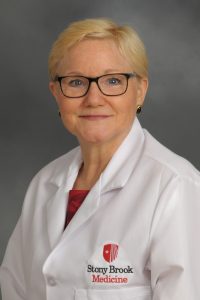
“People that are at risk should be more aware” of an infection they can get from raw shellfish or brackish water, said Dr. Susan Donelan, medical director of health care epidemiology at Stony Brook Medicine. That includes people who have liver disease, poorly controlled diabetes, are considered immune suppressed because of a condition or are taking medication that can cause immune suppression.
At the same time, Connecticut reported that three people died from contracting the potentially deadly bacteria. Two of them died from wound infections, the third contracting the bacteria from handling raw oysters.
To be sure, most people are not vulnerable to contracting the disease or from its effects.
“The general public is not at an increased risk,” said Donelan. “In most cases, [infections] are mild or moderate.”
Those who might be vulnerable to vibrio can avoid it by not handling or eating raw or undercooked shellfish, staying away from shellfish juices, covering up wounds or not swimming in brackish waters.
People can shuck shellfish with gloves to minimize any injuries to their hands and can wash their hands before and after coming in contact with raw shellfish.
“Some people like putting raw oyster juice into different drinks,” Donelan said. “You want to avoid doing that.”
Area doctors and health officials urged people with wounds — which could include cuts, new body piercings or tattoos — to avoid swimming in brackish or salt water.
“The bacteria thrives in brackish water, where fresh water meets ocean water,” Dr. Gregson Pigott, Suffolk County health commissioner, said in an email. “It would be best to avoid those waters if you have an open wound or a chronic health condition.”
Donelan also suggested that people who go in the water with such wounds cover them up with a waterproof bandage.
Symptoms
People who contract vibrio typically develop a host of symptoms.
These can include “diarrhea, abdominal cramps, nausea and vomiting,” Pigott explained.

Symptoms from consuming raw shellfish can start within 24 hours of a meal. A person exposed through their skin can develop a blistering skin or soft tissue infection.
Pigott urged residents to seek help for gastrointestinal symptoms or a worsening skin infection.
Those who are unable to drink enough fluids to counterbalance the losses through the gastrointestinal tract could become dehydrated, doctors warned.
Lightheadedness and hypotensive appearances can be a warning sign that residents should seek medical help.
Wounds may become red, hot and tender with streaky marks leading away from them. These are “all concerning things” that might signal an infection, Donelan said.
People generally know how quickly cuts heal. A cut that gets visibly worse quickly, which could include blistering of the skin with a bolus that looks like murky fluid or blood beneath it should be “very concerning signs,” Donelan added.
Knowing that the bacteria is present in Long Island Sound and being aware of it could help people prevent exposure or react early to an infection.
This summer, area hospitals have not reported an unusual number of infections, according to Donelan.
Doctors said the bacteria typically lives in waters between 50 and 80 degrees Fahrenheit, which means that the longer the waters remain warm amid a hot summer and warming climate, the more likely the bacteria will be prevalent in waters around the Island.
Illness and travel
At this time of year, residents return from their seasonal travels. They sometimes bring unwanted microorganisms such as viruses or bacteria with them.
Health care professionals urged residents to notify their doctors about their travels prior to getting sick, so doctors can get an idea of where and how they might have contracted an illness.
When people return from cruises, plane trips or other travel, they should “help the emergency departments become aware of where they’ve been,” Donelan said.

